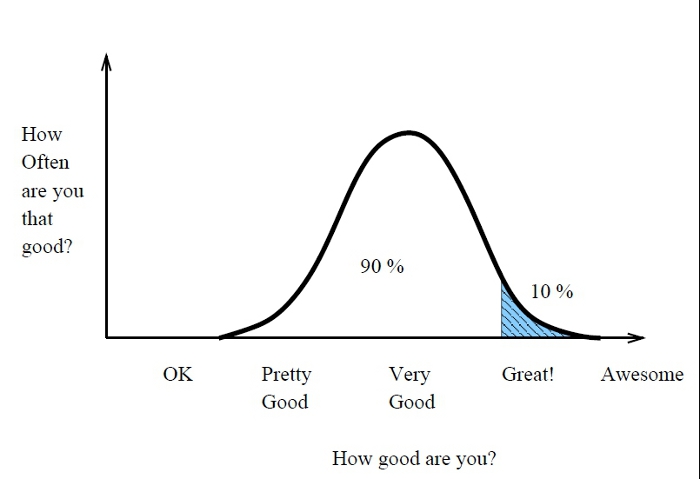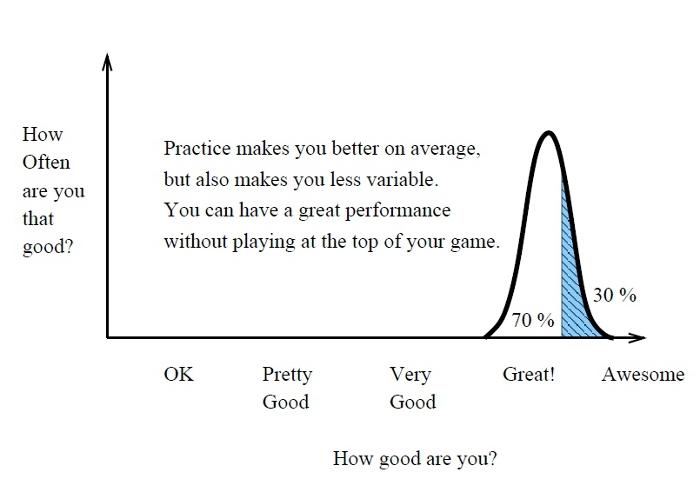
Use of this website constitutes acceptance of the Privacy Policy and User Agreement. Copyright © 2020 Kalimba Magic. All Rights Reserved.
When you are playing a kalimba performance, the most important thing is to have a good time. If you are happy and having fun, it will show. The audience will see you, really see you, and this gives a huge opening for the music. So, the big advice is that the day of your kalimba performance should mostly lead up to you being relaxed and having fun.
I like to run through all of the songs I will be performing. Sometimes, like if I am performing on a shipping day, I will have to work and won’t have time for a run-through. In that situation, I try to do a run-through the previous night.
More kalimba performance advice?
When I do a run-through of a performance the day before, I always take notes. I organize my instruments on a table, and organize my other required equipment on the floor. A checklist for equipment and instruments is essential. Also, make sure you have a set list, or at the very least a song list (from which you can pull a subset of the songs for performance).
Pamper yourself on the day of a performance. You want to be at your best.
To the extent that you can, make yourself available to people before and after the performance. Sometimes, the audience will have a lot of questions about your kalimba.
At the performance, notice everything. Notice the way you feel, the way the kalimba feels in your hands. Notice the way the kalimba sounds. If there is a PA system, notice the way the kalimba sounds through the speakers. Notice the way the people in the front row look. Can you see any friends sitting in the audience?
After you have noticed everything, let yourself go.
There is a known psychological effect concerning level of preparedness when performing under pressure.
If you are not prepared, if you are not comfortably operating at a very high level already, the stress of performing under pressure in front of lots of people will likely result in a lower level of performance than you might have achieved in the privacy of your bedroom.
But if you are operating from a position of strength, you feel prepared, and you know you have something unique to offer, there is a considerable chance that your performance in front of an audience will actually result in a better performance than you were capable of all alone. You can rise to the occasion, the crowd can inspire you to greatness.
Think about it – how great can you be? But also, how poorly can you play at a bad moment?
I am a nerd; nerdiness gave me my 1st career in astronomy. Sorry, but still I’m a nerd. It is actually pretty handy. In this case, a somewhat scientific look at how well we play or perform will help this discussion greatly.
When you practice, you will never perform at exactly the same level. You are not a machine, but a human being, with inherent variability and many inputs – daily nutrition and hydration, stresses of the day, how well you slept last night, whether you are fighting with a friend or a lover – all of which will linger in our minds to greater or lesser extent when you are performing.
How good are you? You will be different each day. There will be a “distribution” (as there is on the bell-shaped line in the graph below) of how good you are. A few days, you will be really bad, and a few days you will be really great. But mostly you are in the middle somewhere.

Everyone will have a different sort of distribution. If you have musical gifts, but are new to the kalimba in the last few years, you probably have a distribution like the above graph. You will never be bad, but there are some times when you don’t do all that well. On the other hand, especially after you warm up and are in the groove, you will usually play very well, and there will be times when you play exceptionally well.
Yup, that’s me too.
My aim is to be able to play at the 90th percentile or better when I perform in front of people. A steep goal. I usually don’t quite make that goal – but having a high aim is always good.
Now – I said that we all have a distribution of how good we are, because there are all sorts of factors that can make us better or worse on a particular day. Well, that implies that if we lined up all of those factors in a positive way, we should be able to change the distribution, right? Yes, the distribution varies over time. And the best way to make that distribution change is by practicing on your kalimba, practicing with your performance equipment, and by getting experience performing.

The above gives an example of how your distribution of goodness might change after a few years of practice. The distribution becomes narrower, meaning you are more consistent in your playing. You are never just OK or even just Pretty Good. But also, you may not ever be a lot better than your average goodness.
As you can see for yourself on the second graph, the main effect of enough practice is that the average of that distribution has gone up. Yes, you are almost always Great!
And if you are “Great” like this, you don’t have to be quite so demanding on yourself – for example, you might just aim to be in the top 70% of your potential goodness at your performances…. and you would still be Great!
And basically, anything you can do to make the kalimba performance easier and more enjoyable is a good thing. Your practice and preparation should also be fun.
Hey! Have a great gig! And if it’s too late to prepare for this gig the way you imagine you could do, don’t worry, have fun. But be sure to start preparations for that next performance, even if you don’t know when it is. Life favors those who are prepared.


Sign up for our newsletter and free resources with your email address:
We pinky promise not to spam you and to only send good stuff.
 Assist Paul Tracey Rebuild His House in Pacific Palisades
Assist Paul Tracey Rebuild His House in Pacific Palisades 8-Note Spiral Kalimba Turned into a Student Karimba
8-Note Spiral Kalimba Turned into a Student Karimba Seek to Infuse Your Musical Moments With Beauty and Magic
Seek to Infuse Your Musical Moments With Beauty and MagicUse of this website constitutes acceptance of the Privacy Policy and User Agreement. Copyright © 2020 Kalimba Magic. All Rights Reserved.